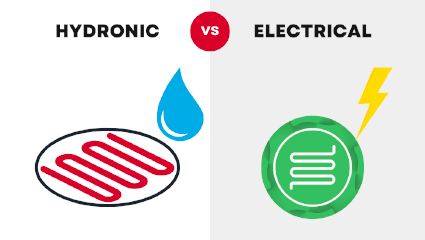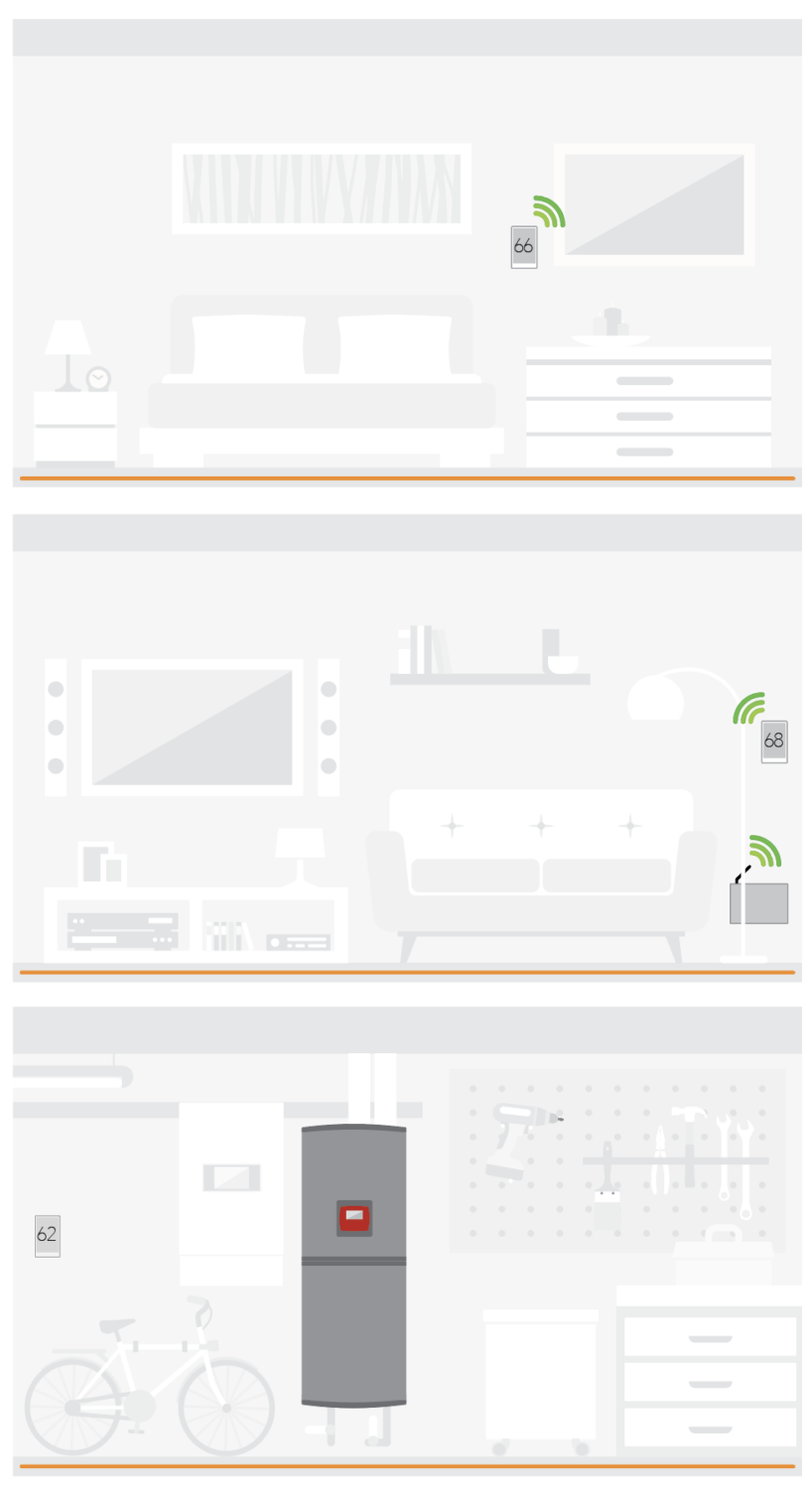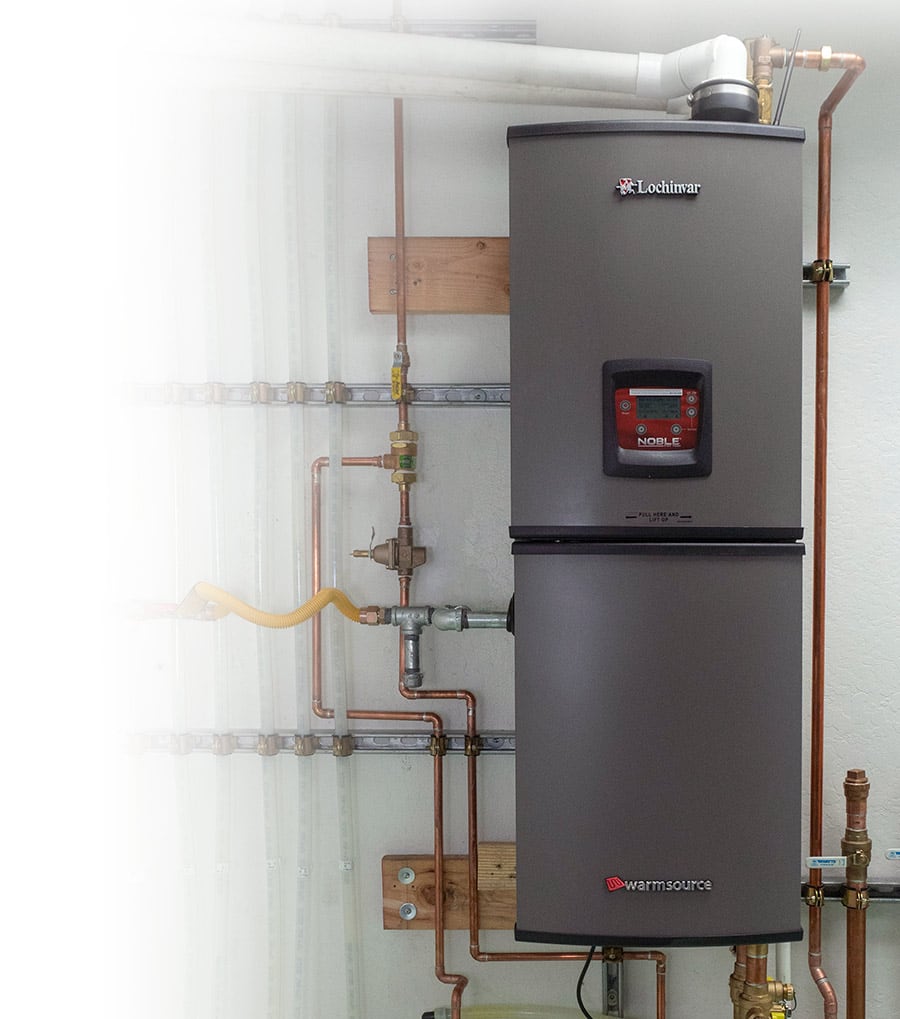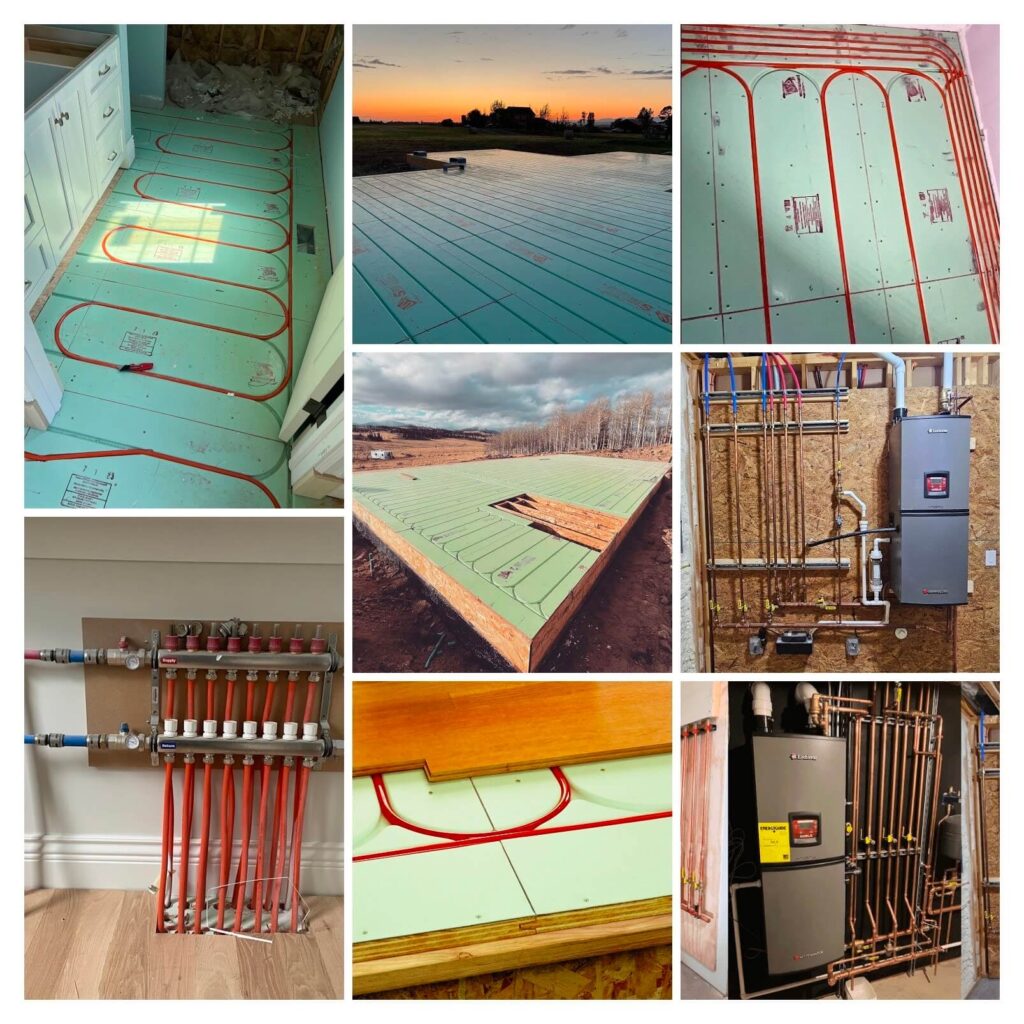What is a Radiant heating system?
It is a type of heating system that warms objects directly, rather than warming the air. This makes them more efficient and comfortable than traditional forced-air heating systems.
Radiant heating systems work by heating a surface, such as the floor, ceiling or walls. The heat from the surface is then radiated into the room, warming the objects and people in the room. Learn more about the benefits of radiant heat.






